Have you ever thought about what kinds of raw materials are used to make plastic bottles, for water, or other items, which are now an everyday commodity? A manufacturing method that utilizes plastic results in the creation of bottles for both dry goods like medications and nutritional supplements as well as bottles for liquid goods like milk, soft drinks, motor oil, and shampoo.
These bottles go through the same procedure. Plastic is first produced in its raw, unprocessed form. A sequence of organic polymers that are in a pliable condition prior to being solidified may be molded into the desired shape to produce plastic. Plastic can then be solidified and get hard.
PET and HDPE are only two of the many different types of primary materials that are used in the production of plastic bottles. You can determine the material that your plastic bottle is made of by looking at the resin identification number, which is located at the bottom of the bottle.
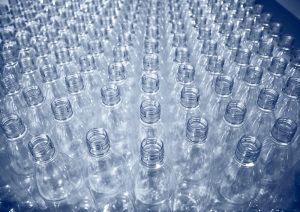
The purpose of this guide is to help you in recycling plastic bottles in the appropriate manner. The number 1 is the identifying number for the resin used in the production of polyethylene terephthalate bottles. Because of its durability and low weight, polyester, which may also be referred to as PET, PETE, or polyester, is often used in a variety of applications, including beverages, foods, and even water.
Polyethylene terephthalate, like many other polymers, is derived from petroleum hydrocarbons. These hydrocarbons are the product of an interaction between the organic component terephthalic acid and the colorless, viscous liquid ethylene glycol. Polyethylene terephthalate may then be formed. During the manufacturing process, PET is polymerized, which results in the creation of long molecular chains.
Raw materials for plastic bottles
The thermoplastic polymer polyethylene terephthalate, which is used for bottles as the raw plastic material may be either transparent or opaque, depending on the specific chemical makeup of the material. Ethylene glycol and terephthalic acid undergo a chemical process in order to make PET, which, like the vast majority of plastics, is derived from petroleum hydrocarbons. Because PET can be polymerized, which results in the formation of long molecular chains, the production of PET bottles in the future will be feasible.
It is possible that the intricacy of the polymerization process itself is to blame for a good deal of the diversity that occurs between different batches of PET that are manufactured. During the polymerization process, diethylene glycol and acetaldehyde are often produced as impurities.
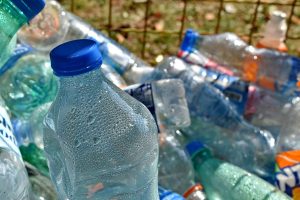
Acetaldehyde may be formed during polymerization as well as during the manufacturing of bottles; however, diethylene glycol is not produced in sufficient quantities to have an effect on PET. Because of the high levels of acetaldehyde contained in the polyethylene terephthalate used in the manufacturing of the bottle, the contents of the container have an offensive odor.
After the plastic has been manufactured, the production procedure for PET bottles may then begin. After the product has been manufactured, it must next pass stringent quality control inspections in order to ensure that the plastic is appropriate for use and that the bottle is resistant to carbon dioxide (this is important for bottles containing soft drinks). In addition, additional characteristics, including as transparency, gloss, chip resistance, thickness, and pressure resistance, are given careful consideration.
Raw materials used to make plastic water bottles
As was previously mentioned, PET, PP, PC, and PE are the most common types of plastic used in the construction of plastic bottles. The abbreviations “PE,” “LDPE,” and “HDPE” refer to polyethylene and its various densities, respectively. Following this, we shall discuss how the various materials influence the production of bottles.
Polyethylene is another kind of thermoplastic used in the production of many different types of containers, including milk and water jugs, soap bottles, ketchup bottles, spray bottles, and other types of bottles. Both low-density polyethylene and high-density polyethylene are amenable materials for the operations of thermoforming, blow molding, injection molding, and a host of other similar techniques.
LDPE was one of the first polymers to be blown and is still used in extrudable bottles today. Compared to HDPE, LDPE has better ductility but lower strength; hence it was one of the first polymers to be blown.

HDPE may be used to create a variety of different kinds of bottles with removable caps. When diluted to the consistency of a feeding bottle, this substance, which in its natural condition is often either white or black, transforms into a clear liquid. To improve a product’s tearing strength, clarity, formability, printability, or any number of other characteristics, a manufacturer may alter the recipe.
The presence of the monomer ethylene in polyethylene results in the latter becoming a homopolymer. Due to the amorphous nature of LDPE, as opposed to the crystalline nature of HDPE, it has more ductility than HDPE while HDPE has more rigidity than LDPE. Polyethylene is more costly than polypropylene, which is the least expensive thermoplastic, despite the fact that polyethylene may be used in more applications.
What chemicals are in plastic bottles
Exposure to hazardous chemicals that are in plastic is what has been known as the most significant risk associated with these bottles. Any time you drink from a plastic bottle, you face the danger of consuming the toxins utilized in the container, since these toxins may leach into the water over time even though, unlike soda, they are not acidic.
This is particularly typical of water bottles that have been heated or that are old. Once in circulation, BPA and other plastic pollutants may cause damage to the liver and kidneys as well as cause several forms of cancer. Unfortunately, absorbing chemicals by drinking bottled water has a number of possible long-term impacts that scientists still do not completely understand. But over time, these poisons may accumulate in your body and put you at risk for a number of illnesses.
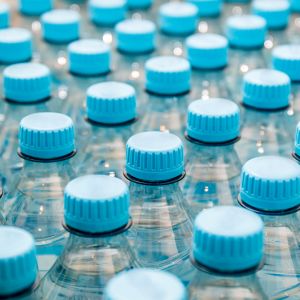
This substance continues to be a typical component of Type 7 plastic water bottles even as more and more producers opt for BPA-free bottles. When ingested in water, BPA behaves as a synthetic estrogen, which is only one of the numerous issues it has. It may lead to a number of chromosomal anomalies via the filtering of plastic, which are associated with birth malformations and developmental issues in offspring.
When a kid is exposed to BPA in the womb, it may result in issues later in life, such as ADHD, early puberty, and an increased risk of certain illnesses. Exposure to the estrogen present in BPA can also lower fertility in both men and women. Therefore, it is widely recommended that pregnant women avoid drinking bottled water, particularly type 7 plastic bottles.
What raw materials are used to make plastic water bottles
The raw plastic materials used to make water bottles are what is known as polypropylene resin, which is often an opaque material with a low density polymer capable of effective thermoforming and injection molding. Its primary competition comes from polyethylene, with which it competes primarily in the bottle industry since it can be made transparent, whereas polyethylene can only be made clear for purposes such as milk jugs.
Polypropylene is an effective material, despite the fact that it does not possess the same degree of optical clarity as other polymers, such as polycarbonate. Due to the fact that it has a low viscosity at melt temperature, it is excellent for applications involving extrusion and molding, including air molding.
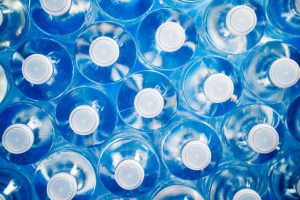
Polycarbonate is made by combining phosgene and bisphenol A in the appropriate proportions. Because it is more expensive than other bottling polymers, its usage is mostly limited to the premium, reusable bottles such as those used for milk, water coolers, and bottles intended for use in labs.
Because of its remarkable strength and optical properties, this material is ideal for use in the production of bottles, which must be able to display their contents in a clear glass while also being able to survive the frequent and often rough treatment that they are subjected to. It may be washed several times, and high-pressure steam can be used to sterilize it if necessary.
Plastic bottle-making raw materials
It is common practice in the container manufacturing industry to make use of plastic raw materials, especially polymers with a high molecular weight for bottle making. It is possible to fill large bottles of three and five gallons, as well as bottles used for carbonated drinks like cola. There is a rising need for specialized packaging alternatives to meet the quality assurance requirements in the pharmaceutical industry.
Any object that has the potential to remove a significant portion of the liquid contained in the bottles has to be eliminated. The amount of additive that is employed may be affected by a number of factors, including the polymer, the process used to transfer the particular plastic to the bottle, and the function for which the container is to be used. It’s possible to include things like colors, stabilizers, antioxidants, lubricants, and more in your product.

The fact that the products of this brand contain a relatively low amount of acetaldehyde and heavy metals distinguishes them from those of their rivals. A good color value has a consistent viscosity, which facilitates the curing process. This product has excellent insulating performance, is very effective at preventing carbon dioxide from escaping, is resistant to high pressure, can be processed at low temperatures, and has a wide range.
In addition to that, it makes use of innovative process formulas and cutting-edge production technologies. The provision of protection is provided by excellent performance and meticulous processing. Because of its high level of transparency and its high level of efficiency, it is able to prevent the bottle of carbonated beverage from breaking while it is being stored and while it is under pressure.
Bottle plastic raw materials
Approximately fifty percent of drugs are taken orally, meaning they are taken in the form of tablets or capsules. It may be packed in either plastic vials or blister packs. Pills, liquids, and powders make form the whole oral medication, which has its own specific packaging due to its composition.
The pharmaceutical industry is significantly impacted by packaging, which is a rapidly developing sector of both science and engineering. The many products sold in this industry often undergo revisions to the containers that hold them. It is estimated that the worldwide market for bottles alone is worth more than 20 billion US dollars annually and is growing by at least 5 percent each year.
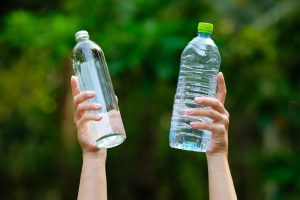
Pharmaceutical plastic packaging may be used to transport tablets, nutritional supplements, liquids, powders, drops, and suspensions. In addition to protecting drugs, medical supplies, and medical and health items, this packaging can also safeguard dietary supplements like medical nutrition.
Transparency with one’s customers is essential to one’s business’s success, but, when anything goes wrong, even passive attention is drawn to the issue. In this piece, we covered not only the fundamental components that go into the manufacture of plastic bottles, but also the many chemical components that make up the various kinds of plastic.
If you are concerned about the health of your community and want to provide the best raw plastic materials for your people, it is recommended that you get in touch with our professionals to import the raw plastic materials of the highest quality into your nation. This can be done by importing raw plastic materials from our company.


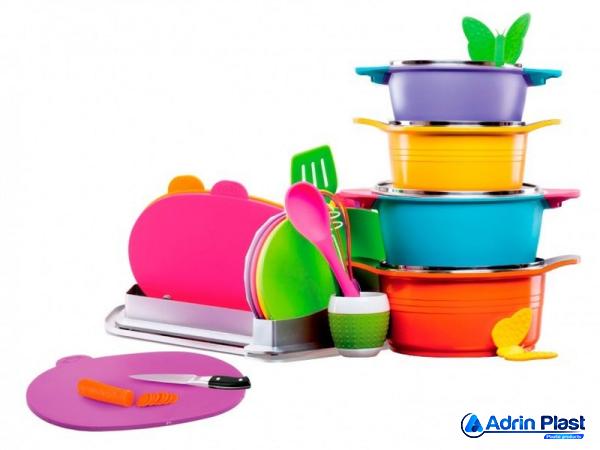
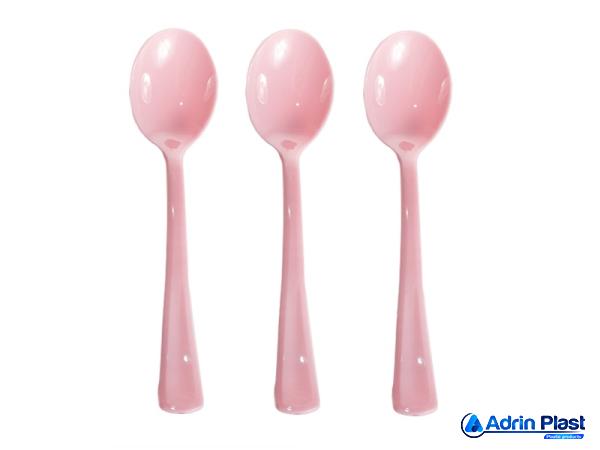
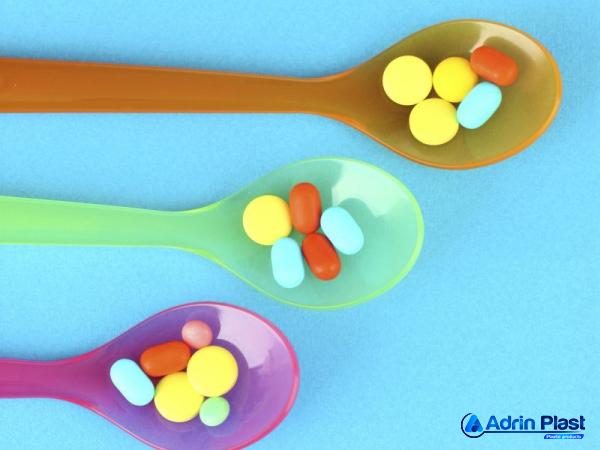
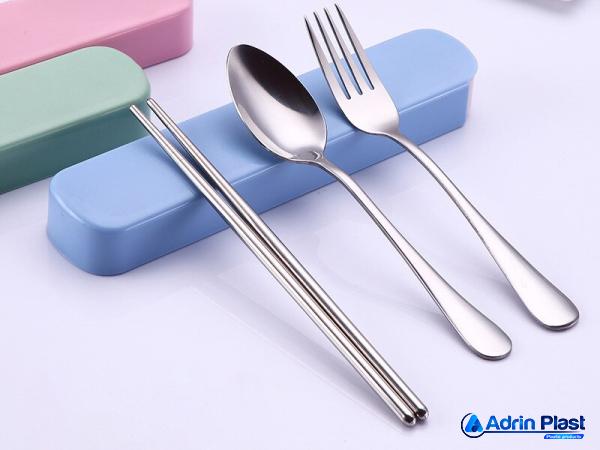
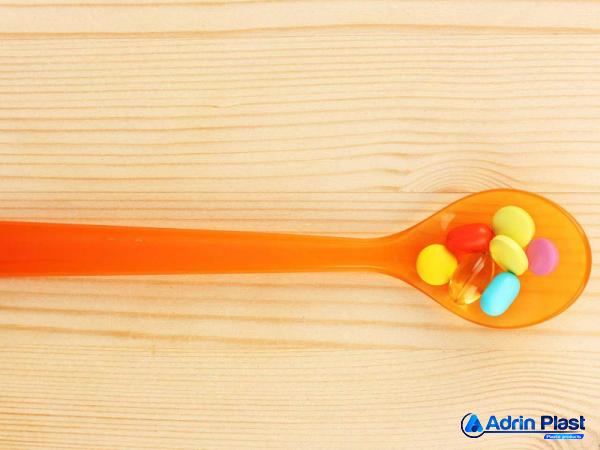
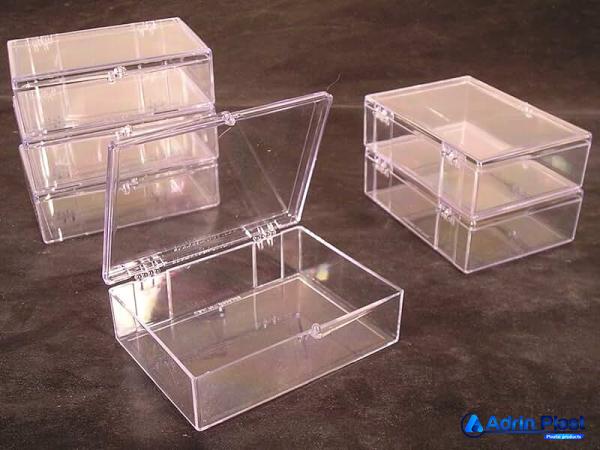
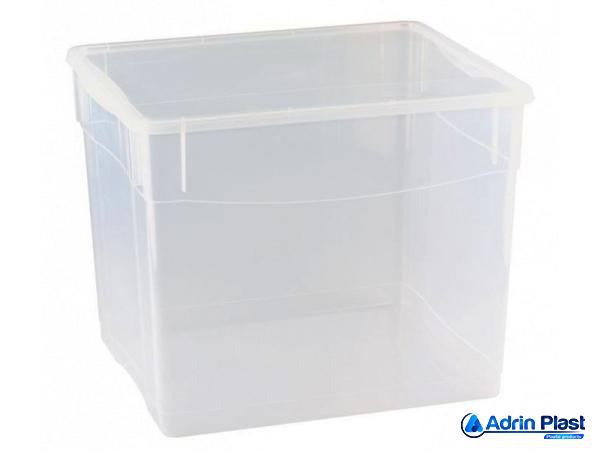
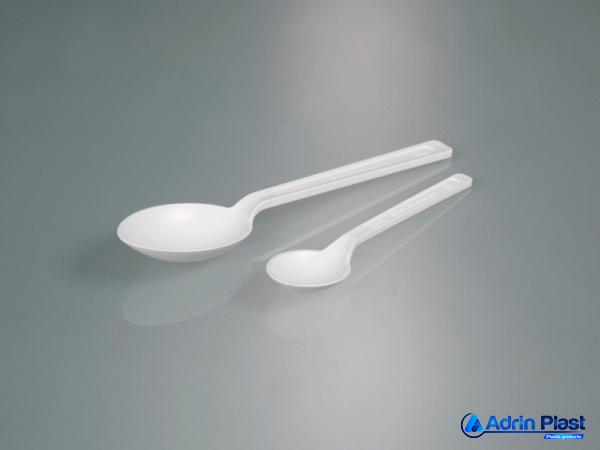
Your comment submitted.